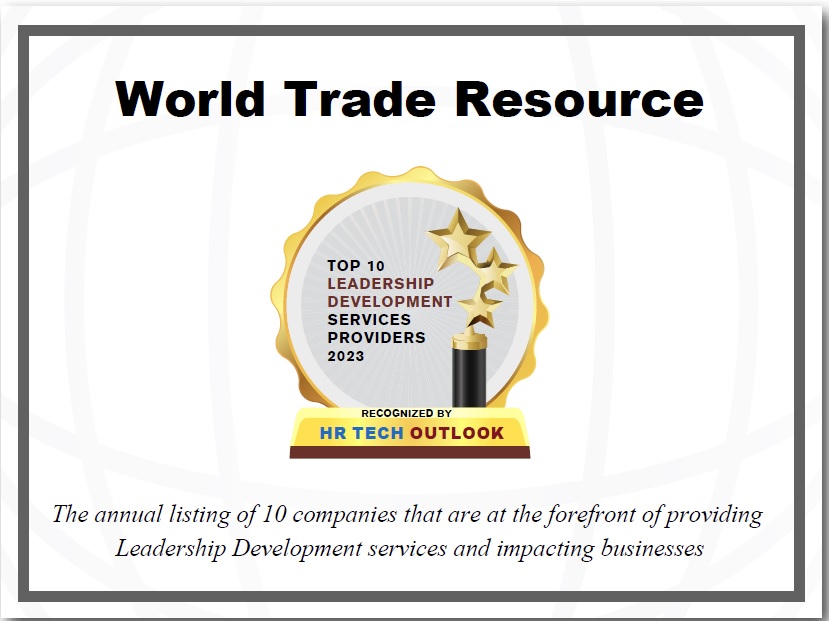World Trade Resource Driving Business Growth with Cultural Competencies

World Trade Resource offers intercultural and leadership development solutions to help leaders grow beyond their current level and inspire workforces to be better than they were.
One of the ways that we’ve been able to build a large portfolio of clients, including the Fortune 500, is because we recognize that leaders need to develop specific cultural competencies to drive optimum business performance across the organization, especially if they manage global teams or do business in other countries. In addition to consulting and coaching practices built around leadership and intercultural development, our digital solutions allow clients to learn exactly where, when, and how they need to flex while doing business with any country on the planet. We also maintain hundreds of API feeds that track and monitor workforce and cultural trends in each of the 200 countries so our clients know they are always updated in real time.
When I coach leaders, including CEOs, COOs, or heads of sales in global companies, they often tell me that their H.R. departments don’t have a clue about the challenges they face when leading global teams or doing business outside the U.S. In part, that’s because it’s rare that you’ll find an H.R. leader who has lived and worked in other countries or invested the time to fully understand the impact that culture has on sales, operations, and ultimately the bottom line. In fact, most of them will naively tell you that their U.S. leadership program is so well developed that they don’t need to understand how business gets done in other countries. They fail to recognize that sales and management styles in Japan, India, Brazil, Germany, and China are very different than in the USA. If you manage using US-style leadership principles without learning the cultural competencies needed to flex for optimum results, then you are not acknowledging that those employees build relationships, respect, and trust differently. They communicate and negotiate contracts in very different ways and have very different views of time and deadlines, and yes, they interact differently with their leaders and team members, as some are hierarchical (directive) and some are egalitarian (facilitative/collaborative). If you don’t have the requisite cultural competencies to flex, you will never achieve optimum performance from those employees. This is precisely why U.S. leaders are always short on results when leading global teams or business units in other countries, whether in sales, operations, or overall revenue growth.
“By leveraging our digital, cultural learning solution and our coaching model, one of our Seattle-based tech clients was able to increase global sales by 25 percent year-over-year simply by learning how to FLEX culturally when developing sales and brand strategy,” says Dr. Stephan M. Branch, CEO of World Trade Resource.
Another example is a California-based start-up client who saved over 50 million dollars in costs by learning to flex culturally when negotiating one acquisition. The Chinese will often say they prefer negotiating with U.S. Americans because they almost always get what they want. That’s because they have learned to flex culturally to win against U.S. Americans.
This client then saved several million more dollars a year after renegotiating their supplier contracts in India. I often hear U.S. Americans say they find it extremely challenging to negotiate contracts in India. Again, they don’t understand the cultural differences and how they show up in the negotiation process.
By leveraging our digital, cultural learning solution and our coaching model, one of our Seattle-based tech clients was able to increase global sales by 25 percent year-over-year simply by learning how to FLEX culturally when developing sales and brand strategy
One of our Oregon-based tech clients used our digital solution to increase their ESG rating exponentially by leveraging the dashboard diagnostic with built-in metrics and KPIs to show measurable gains in employee learning, which tied directly to the “S” in ESG. With the higher ESG rating, they saw an immediate increase in share price and overall company valuation. Most of today’s investors are focused on investing in companies with higher ESG ratings because higher ESG ratings mean the company is more attractive to both employees and investors.

